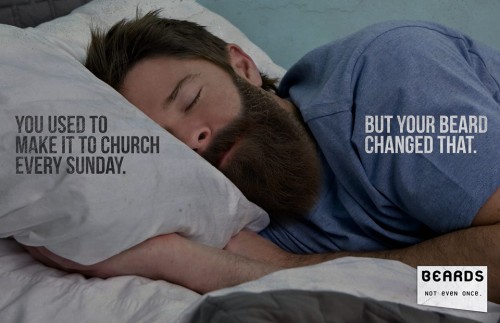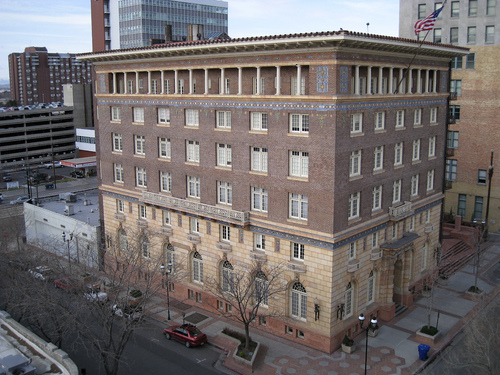Sixteen years ago, I was working in a job that turned out to be the start of my career in the editorial arts. Of course, I didn’t know that’s what was going to happen at the time. Back then, it was just another job. An incremental improvement over the previous one, better paying and a little more in line with my actual skills and interests, but still not anything to get excited about.
The company was situated in a modest, thoroughly anonymous two-story brick building a few blocks east of Salt Lake’s downtown core. I used to go out walking during my lunch breaks, and fantasize about buying one of the rundown Victorian houses that dotted the neighborhood and restoring it to its old glory. I remember trying to imagine what it would be like to live a more urban lifestyle than I enjoyed on the Bennion Compound at the other end of my commute.
However, for some reason, I didn’t leave the office on the afternoon of August 11, 1999. Maybe I had a pile of work to finish that day, or maybe I just plain didn’t feel like walking — I wasn’t nearly as conscientious about it when I was younger, because I didn’t yet need to be. The office had no windows, and there was no social media back then to flash trending news to everyone on Earth in a nanosecond, so I had no way of knowing anything was amiss outdoors. At some point, though, I became aware of a hub-bub in the office; a number of my coworkers were chattering excitedly about something. I caught the word “tornado” and immediately stood up to look over my cube wall like a prairie dog scanning for danger.
I couldn’t believe I’d heard correctly. After all, Utah isn’t known for trailer-park-devouring funnel clouds or little girls being whisked away to Technicolor fairy lands. Nevertheless, someone was saying a tornado had ripped its way through downtown a short while earlier, and they weren’t joking. A transistor radio was quickly located in somebody’s desk — remember, the Internet was still primarily comprised of GeoCities sites and Napster, so we weren’t going to get any real-time information there — and we soon had confirmation.
At first it was kind of fun and exciting to think about, in the way that any big, out-of-the-ordinary event can be. A tornado in Salt Lake City! Wowsers! And we were here to see it, or at least to hear about it and tell our future kids about it!
But then the grim details started coming in… damage to the Delta Center sports arena, and the tents comprising the Outdoor Retailers’ Show, the biggest annual convention this city hosted before Salt Lake Comic Con came along; old-growth trees in Memory Grove, a sheltered park at the mouth of City Creek Canyon and one of my favorite places in the whole valley, torn from the ground like weeds; homes in the adjoining Avenues neighborhood stripped of their shingles. Rumors that someone had been killed. Suddenly the idea of an urban tornado wasn’t so nifty anymore. And oh, by the way, did anyone know where Cristina was?
Cristina, my boss, the woman who’d given me a chance even though my resume didn’t really warrant it and whom I considered a friend, had left to meet her husband for lunch just before the tornado took shape. Nobody knew where she’d been meeting him, only that it was somewhere in the downtown area. Maybe somewhere along the path of the killer windstorm.
We tried to get back to work, but I don’t think anybody’s heart was in it. Mine certainly wasn’t. I recall the rest of that afternoon dragging past very slowly, and a sick, knotted feeling in my belly. That eased up after Cristina finally checked in several hours later. She was unharmed, but her car was a mess; it’d been parked on the street right across from the Delta Center, and it had been thoroughly sandblasted. Even though the tornado didn’t come anywhere near the neighborhood of my office, I found myself feeling like I’d dodged a bullet by not going for my walk that day.
The Salt Lake Tornado isn’t something I think about very often. All the damaged buildings were repaired within weeks of the event, and the replanted trees in Memory Grove have grown to maturity over the past decade and a half. It’s hard now to even remember what it looked like before. But for some reason this sixteenth anniversary seemed to get a lot more attention than in years past. Or perhaps I just happened to take notice of it this time around. In any event, I thought I’d pass along this commemorative video that ran on one of our local news broadcasts for anyone who might be interested. The tone strikes me as a little too “ah, shucks, folks” for the subject matter, but that’s to be expected from the reporter who narrates it, Craig Wirth. (Craig is a longtime fixture in Salt Lake television, a feature-story reporter who does warm ‘n’ fuzzy nostalgia pieces in his occasional “Wirth Watching” segments, kind of like Salt Lake’s version of Charles Kuralt.) Tone aside, though, it is a nice overview of what went down that August day so long ago…





